Wular Lake: A Symphony of Stillness

![{"fte_image_ids":[],"remix_data":[],"origin":"unknown","total_draw_time":0,"total_draw_actions":0,"layers_used":0,"brushes_used":0,"total_editor_time":34,"total_editor_actions":{},"photos_added":0,"tools_used":{"effects":1},"longitude":-1,"latitude":-1,"is_sticker":false,"edited_since_last_sticker_save":true,"containsFTESticker":false}](https://charzanholidays.com/wp-content/uploads/2024/09/Wular_Lake_charzan_holidays-300x300.jpg)

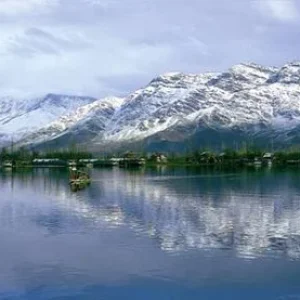

Table of Contents
ToggleOverview
Wular Lake is Asia’s largest freshwater lake and is situated within India’s union territory of Jammu and Kashmir, which is under administration. The present booklet explores multiple facets of Wular Lake, starting from geography to its importance to local culture for conservation.
1. Geography
Wullar Lake lies in the district Bandipora within Jammu and Kashmir, about 60 kilometers north of Srinagar. This lake is among the largest freshwater lakes in India and covers an area of approximately 189 square kilometers. The lake has an altitude of 1,580 meters above the sea level.
The lake’s shape is rectangular, and it is fed from the south by the Jhelum River. The dimensions of the lake vary much in different seasons, sometimes taking the shape of 12 to 16 km in length and 6 to 8 km in width. During summer, its size decreases because the water level gets low, while it expands during the monsoon.
2. Historical Significance
Wular Lake has been of historic importance for centuries. It finds a place in ancient texts and chronicles; mentions can be found within the works of Persian and Arabic scholars. The lake was known to be a vital resource economically and culturally for the region.
Wular Lake was the primary center of trans-shipment and transportation during the medieval ages because of its strategic location. The lake continued to be an important location for different Mughal emperors who took interest in its management and maintenance during their time.
3. Ecological Importance
3.1 Biodiversity
Wular Lake is a very important ecological zone and houses a wide variety of flora and fauna. Wetlands and marshes surrounding the lake become homes for different varieties of birds, fish, and plants. Some of the key species of birds recorded here are common teal, mallard, and different species of herons and egrets.
The lake also supports a rich assemblage of fish like trout and catfish. This aquatic vegetation within the lake provides an important habitat for fish and other aquatic organisms.
3.2 Wetland Ecosystem
The wetland ecosystem surrounding Wular Lake plays a crucial role in the regional hydrological balance. The lake acts as a natural flood buffer, absorbing excess water during the monsoon season and gradually releasing it to the Jhelum River, thereby reducing the risk of floods in the downstream areas.
Besides this, wetlands around the lake will have a filtering effect on water that would enter the lake and can therefore alleviate some of the harmful effects of agricultural runoff, as well as other forms of pollutants.
4. Cultural Importance
Wular Lake is of immense cultural significance to the local communities. The local dialect in Kashmiri calls it “Wulaar,” which itself translates to “lake.” It has formed a beautiful and tranquil source of inspiration for poets, artists, and writers from the region.
These include fishing, carpentry, and agriculture by the local communities, all of which are directly or indirectly dependent upon the lake. The surroundings of the lake are sprinkled with traditional Kashmir villages abounding with life and inextricably connected with the water body.
5. Tourism and Recreation
Wular Lake attracts a lot of visitors from around the world who desire to have a taste of the natural environment. Some of these activities and attractions include:
5.1 Boating
Boating is one of the most common things to do on Wular Lake. Traditional wooden boats called shikaras can be taken up to let visitors view the lake’s tranquil waterways. The boat tour guided around explains the history, ecology, and the culture of the locals.
5.2 Bird Watching
Wular Lake is a bird watcher’s dream. The lake houses various avian species. Bird watching in this region attracts people from all parts of the world. For sightseeing of birds, early morning and late afternoon are considered the best time because birds are quite active during these times.
5.3 Photography
This picturesque landscape with crystal blue waters, surrounding mountains, and vibrant flora makes Wular Lake an ideal site for photography. The variation in light throughout the day presents photographers with different scenarios to capture the best moments.
5.4 Fishing
Fishing has been a traditional activity in this region since times unknown, and Wular Lake has a scope both for commercial and sports fishing. Local fish varieties, especially trout and catfish, are highly valued by anglers.
6. Conservation Challenges
Regardless of the natural beauty and ecological significance of Wular Lake, it faces quite a number of conservation challenges:
6.1 Pollution
The lake has been increasingly under threat from agricultural runoff, sewage, and industrial waste, which has resulted in deteriorating water quality and poor health of the aquatic ecosystem.
6.2 Encroachment
This has resulted in the reduction of the lake’s surface area due to the encroachment of wetlands around the lake for agricultural and developmental purposes, thus affecting its ecological balance through the loss of an important wetland habitat and changing biodiversity of the region.
6.3 Climate Change
Wular Lake certainly faces potential danger from climate change. Changes in precipitation and rising temperatures have the potential to bring alteration in the lake’s water levels and affect the overall health of the lake. Similarly, changes might affect its role as a flood moderator.
7. Conservation Efforts
Some initiatives and programs that have been taken up in relation to the conservation challenges for Wular Lake are as follows:
7.1 Government Initiatives
The government has carried out various projects for the restoration and protection of Wular Lake. This involves projects on minimizing pollution, waste management, and controlling encroachment. There are also programs for creating awareness of the importance of the lake and providing for environmental sustainability by the locals.
7.2 Community Involvement
The participation of the local people is very essential for any conservation activity that involves Wular Lake. Community-based organizations and NGOs are engaging residents in the conservation activities like clean-up drives, habitat restoration, and environmental education programs.
7.3 Research and Monitoring
Ongoing research and monitoring programs support the assessment of health in the lake ecosystem. These programs help provide fundamental data on the quality of water and biodiversity, as well as human activities impacting the lake. These results are consequently applied for conservation strategies and policies.
Conclusion
The Wular Lake is one of the most important natural beauty spots and ecological riches of Jammu and Kashmir. Its wide area consists of diversified biodiversity and culture, hence it is unique and priceless. The conservation of this lake is very crucial with respect to its health and sustainability.
How to book a trip to Wular Lake, India with Charzan Holidays?
For a seamless and exceptional booking experience, contact Charzan Holidays at reservations@charzan.in or call us at +917889504310.


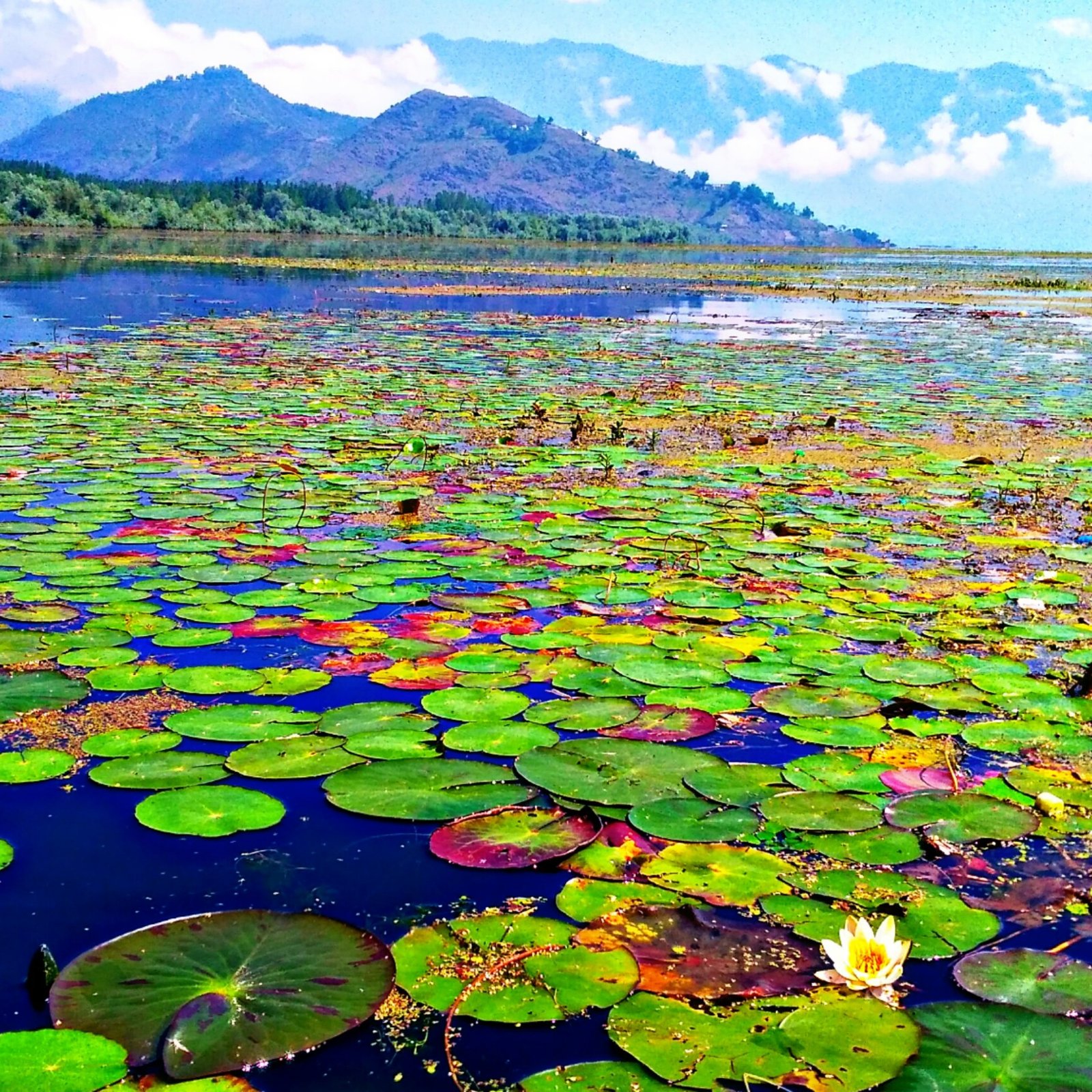
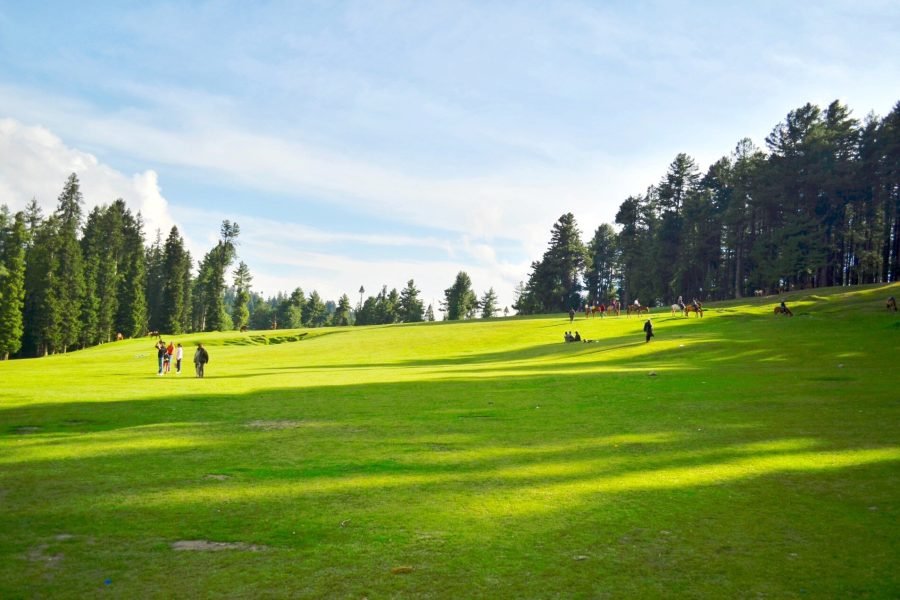
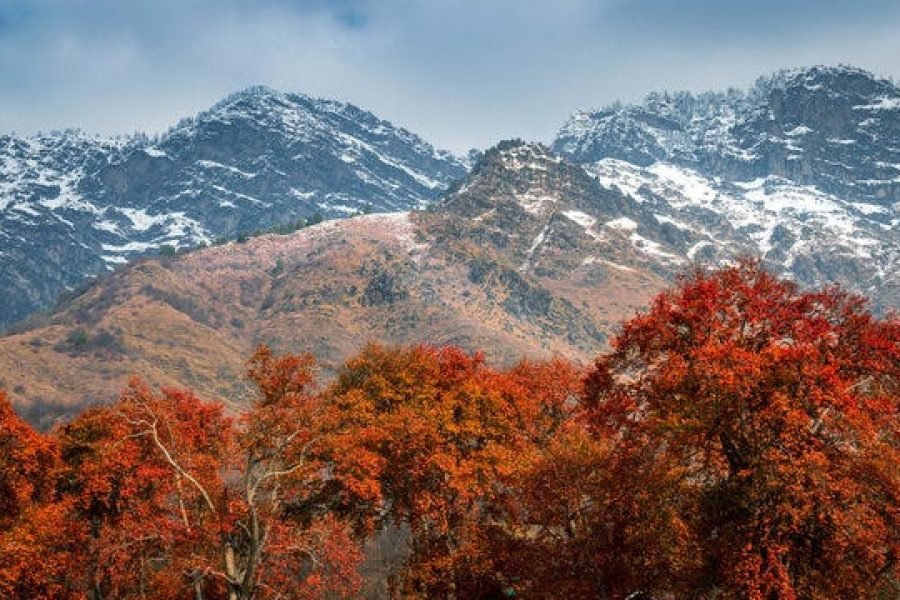

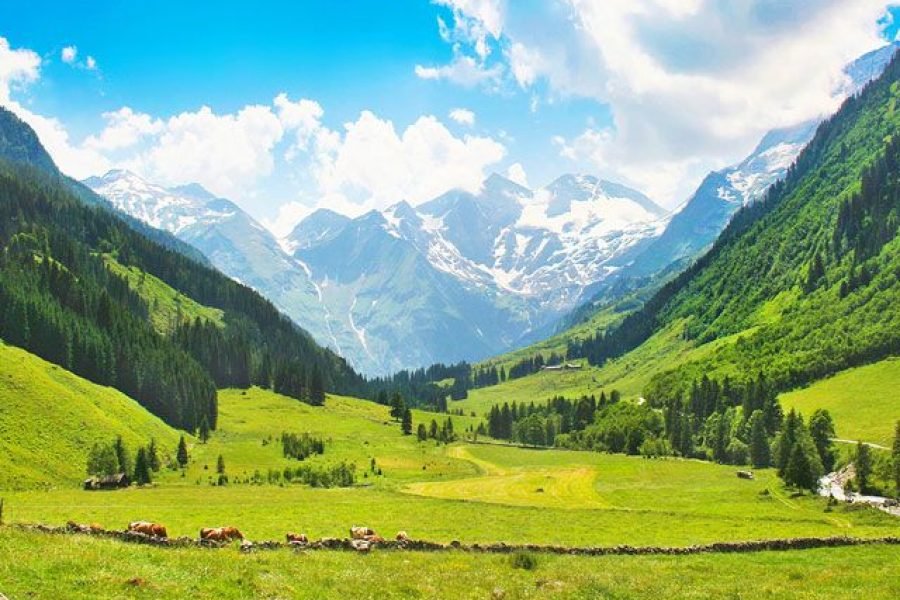
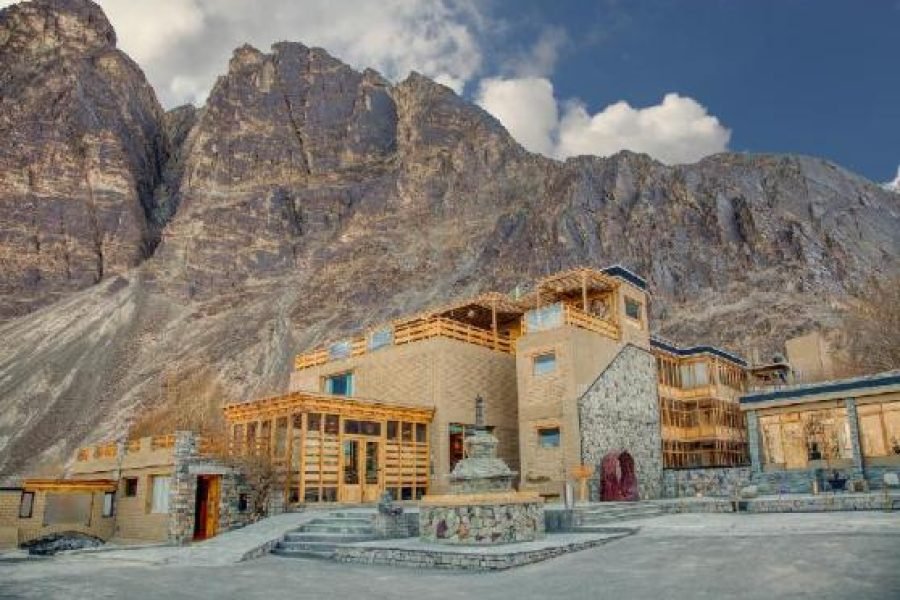

0 Comment